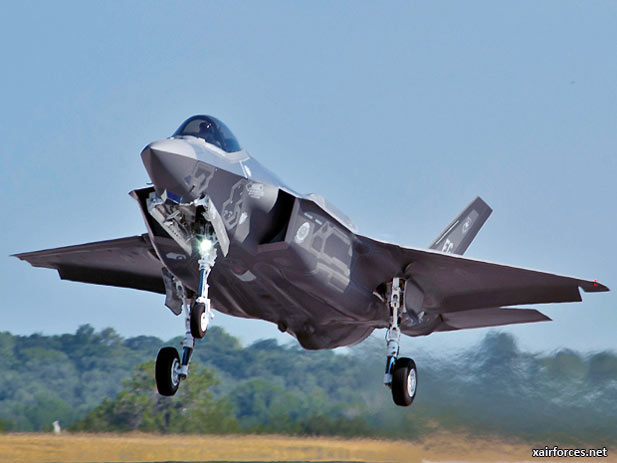
There are no cheap alternatives to the F-35s for Canada

Canadians likely reacted with either confusion or anger when they saw the $46-billion price tag for the F-35 fighter jets.
The confused, among whom I count myself, asked: How can we possibly calculate operating costs 42 years into the future when we can’t accurately predict the price of gas next week? This is an imperfect science — if, for example, inflation exceeds the rate anticipated, billions would be added to the $46-billion price-tag.
The angry took the numbers at face value and demanded we go with a cheaper option.
The problem is, though, that a cheaper replacement for the CF-18s may be hard to find.
At the same time as the Canadian government was pushing its reset button on the F-35s, the Australian government revealed it is thinking about buying 24 more Boeing Super Hornets fighters, to add to the 24 it bought recently. The first two dozen were seen as a bridge between the Royal Australian Air Force’s existing fighters and the delayed arrival of the F-35s. But the RAAF is so happy with the Super Hornet, defence minister Stephen Smith says the plane is no longer a transitional aircraft. Australia intended to buy 100 F-35s and sell back the Super Hornets to the U.S. government. Now Mr. Smith says the plane, with its Growler electronics system that jams land-based radar, will play a central role in Australia’s air defences for the forseeable future.
“We are now not just looking at Super Hornets as transition, but looking at the longer-term potential of Super Hornets and Growler and Joint Strike Fighters [F-35s] as a mixed fleet,” said Mr. Smith.
Andrew Coyne: Tory government still not telling the whole truth about F-35 costs
This is good news for Canada, since it constitutes an endorsement of the Super Hornet by a close ally. The bad news is the price the Aussies are likely to pay.
National Post GraphicsClick to see our other options
In September, the Australian Auditor-General put the acquisition cost of 24 Super Hornets at A$3.54-billion (C$3.67-billion) and the sustainment costs for 10 years at A$1.38-billion (C$1.43-billion.). If you double the sustainment costs for comparison purposes and divide by 24 planes, the cost is $272-million each for purchase and maintenance over a 20-year period.
We know what the government says are the equivalent costs for the F-35 because they have just been released. The government says it will spend $8.9-billion on acquisition and $7.3-billion on sustainment over 20 years on 65 aircraft – or $249-million each.
Boeing will no doubt now send a team of accountants to their adding machines to disprove those numbers — or provide an explanation why apples are not being ranked against apples. There’s no doubt that, even though the government admitted the acquisition cost per F-35 has risen from $75-million to $88-million, that number is likely to bubble up further still. Most people expect that, if Canada ever buys the F-35, we will end up paying over $100-million per plane.
Since I don’t trust any of these projections, I use them the way the proverbial drunk man uses a lamp-post — for support, rather than illumination.
The point is, there are no cheap options out there. If we accept we need the capability to police our own half of the continent, and contribute to overseas operations as part of a multi-national military alliance, then we should just suck it up and stop whining about the cost.
Source: By John Ivison, National Post News - 13 December 2012
Photo: There are no cheap alternatives to the F-35s for Canada (Photo by Lockheed)
(13.12.2012)
|